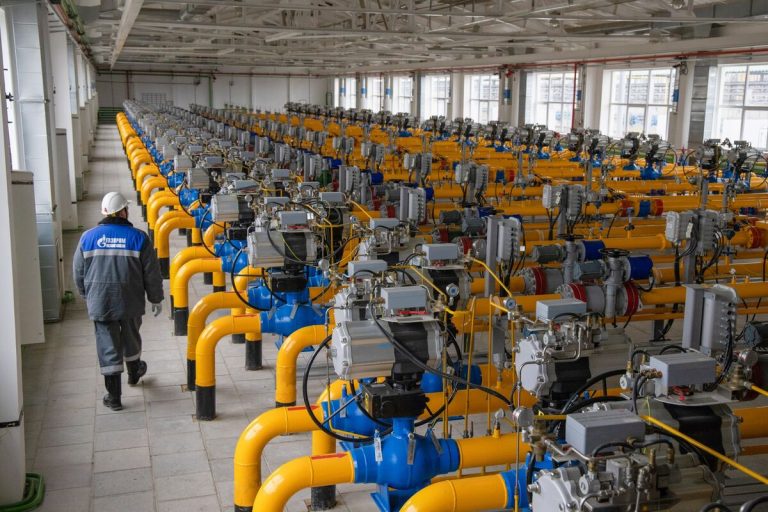Prince William has provided a little seasonal cheer to London’s homeless by helping serve Christmas lunch at a shelter run by a charity he got to know through his late mother.
Dressed in one of the charity’s aprons, the Prince of Wales served what appeared to be carrots and parsnips to a line of clients at the shelter, run by The Passage, which he first visited with Diana, Princess of Wales, in 1993.
Video posted to the Wales X account on Sunday showed him hugging head chef Claudette Hawkins and saying “come on birthday girl, happy birthday. I won’t ask you what birthday it is”.
The prince, 42, laughed with Ms Hawkins, who explained the royal was “helping serve lunch for the clients today, their Christmas lunch”.
A man wearing a Boston Celtics basketball team Christmas jumper asked the prince if he had heard he was getting married, to which William replied: “I know, I did hear about that, and congratulations.”
William also chatted with people at the dinner tables during Thursday’s visit, asking one man “is this place helping enough?”, and nodding as he responded.
The visit 31 years ago was one of a number of such engagements he made with his mother when he was a boy that he has said left a deep and lasting impression on him and inspired his campaign to end homelessness in the UK.
In an ITV1 and ITVX documentary released in October this year, he recalled playing chess and chatting with people during his first visit to The Passage when he was 11 years old.
Prince William: We Can End Homelessness covered the first year of his Homewards initiative, which hopes to pave the way for ending homelessness in all its forms.
During the past year, the Homewards teams in six UK locations – Newport, Lambeth, Belfast, Aberdeen, Sheffield, and three neighbouring Dorset towns, Poole, Bournemouth, and Christchurch – have been building collaborations between the public, private, and third sectors.
Read more:
King and Queen’s Christmas card revealed
William’s ‘fantastic’ job – Trump
Kate attends Christmas carol service
In a statement posted alongside the video, Kensington Palace said: “A sincere thank you to all the @passagecharity volunteers working tirelessly to support those experiencing homelessness, especially during the festive season.
“Acts of kindness, like serving Christmas lunches, brings hope and fosters a sense of community for those who need it most.”



























+ There are no comments
Add yours